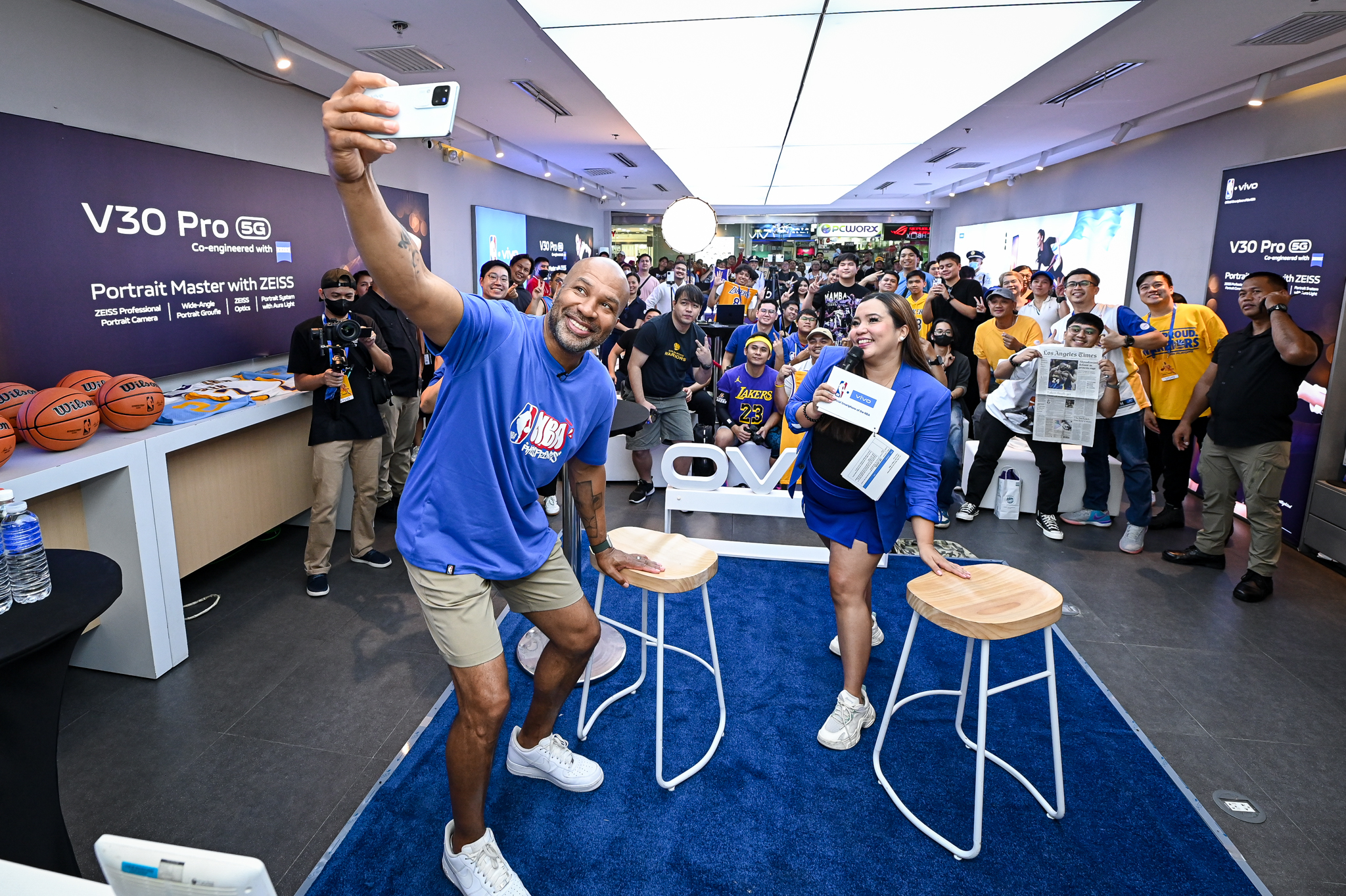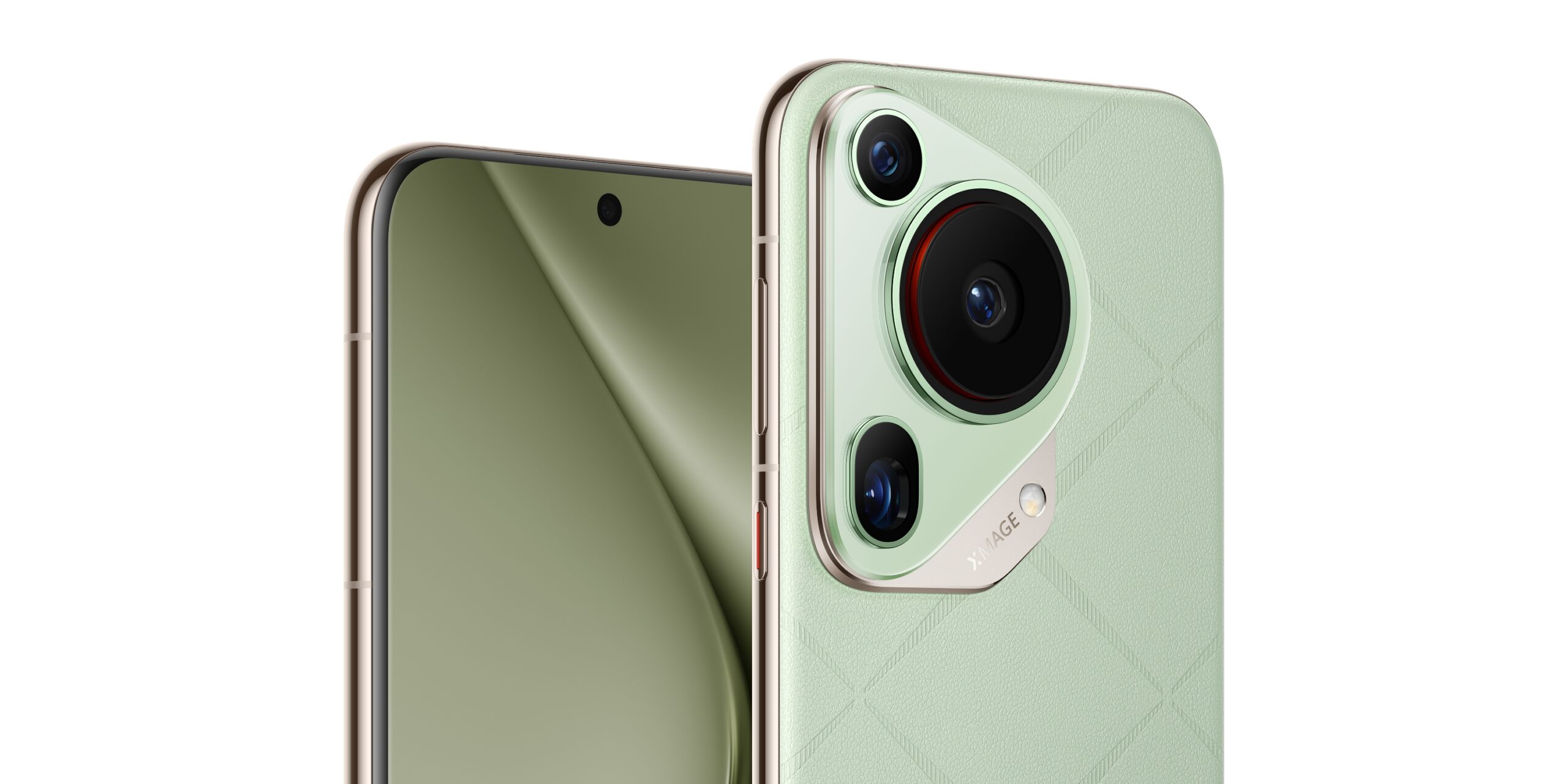The Phone that Slays!
2016 was a rough time for Samsung. The brand’s flagship smartphone line had its reputation tarnished by not one, but two recalls brought on by battery defects and problems in their quest to beat down their biggest competitor, Apple. For a time there were doubts that there would even still be a Galaxy Note line, let alone a successor for one of the best, and worst, phones that Samsung ever released.
Fast forward to this year and Samsung has put all doubts to rest. The Galaxy Note 8 is here, and just like last year has all the features that we’ve come to expect from a flagship smartphone, and then some. It holds quite a number of firsts for the company – first phone with a dual camera, first flagship with 6GB of RAM, and the first phone to reach the $1000 price barrier, at least for the Philippines.
Samsung Galaxy Note 8 specs
- Qualcomm Snapdragon 835 processor (US, Europe), Exynos 8895 processor (Asia, rest of the world)
- 6GB of RAM
- 6.3-inch Quad HD+ resolution, 18.5:9 aspect ratio, 2960 x 1440 resolution display, Gorilla Glass 5
- 12-megapixel twin rear camera with Dual Pixel tech, wide-angle camera with f/1.7 aperture lens, OIS, PDAF, 2x optical zoom lens with f/2.4 aperture lens with OIS, PDAF
- 8-megpixel front camera with f/1.7 aperture
- 64GB of storage, expandable via microSD up to 256GB
- Dual SIM
- 3G, LTE
- WiFi, Bluetooth, GPS, A-GPS, Fingerprints scanner, facial recognition tech, iris scanner, USB Type-C, NFC, Wireless charging
- 3300mAh battery
- Android 7.1.1 Nougat with TouchWiz UI
- Php 49,990

Initial impressions: Edge-to-edge screen feels amazing, and the dual-camera system is the best we’ve seen
Samsung hasn’t been able to keep the design of the Galaxy Note 8 a secret, and we all have a good idea what the phone looks like based on the sheer number of leaks that led up to today’s announcement. Despite that though, actually holding the phone in our hands feels amazing, as Samsung has managed to elevate the act of making a flagship into an art form.

The Galaxy Note 8 still employs that dazzling edge-to-edge Infinity Display that was present on the Galaxy S8 and S8+, and honestly there really isn’t anything else we can say about it that we haven’t said in our review of those two flagships. The Note 8’s display is set at 6.3-inches, but despite its size its only as big as a regular 5.5-inch phone thanks to the almost none-existent bezels.

Before you scream “Galaxy S8+ with a stylus”, there are a few things that Samsung did design-wise to make it stand out from their two previous flagships. The Note 8 has a squarer design overall compared to the S8 and S8+ to make it look more “professional” compared to the two. As always, the Galaxy Note 8 is IP68 rated.
See Also: Is the Galaxy Note 8 Too Expensive?
Button placement is pretty much the same as the S8 and S8+, with the power button on the right and the volume and Bixby buttons on the left. The SIM/microSD storage tray is on the top of the phone, while the USB port, speaker, 3.5mm jack and stylus holster are all on the bottom.

Samsung’s finally gotten rid of the annoying camera bump on the Note 8, leaving the twin 12-megapixel rear cameras flush with the body. Sadly, the company still positioned the fingerprint scanner to the right of the camera modules, which is a little annoying, especially if you have small hands since you’ll continually have to reposition your grip to get to it.

Let’s talk about those two cameras for a minute. Samsung has embraced the trend (bandwagon, if you choose) of using two rear cameras for better photos. The Note 8 uses twin 12-megapixel DualPixel sensors, the same sensors used in their Galaxy S8 and S8+. The primary shooter has an f/1.7 aperture lens, while the 2x optical zoom lens has an aperture of f/2.4.
Unlike other companies, Samsung has managed to squeeze in optical image stabilization in both cameras, not just the primary shooter. That’s a first for any brand, as OIS tech is usually implemented in just one camera, not both. We’re a little surprised that Samsung didn’t use a better sensor this time around, but it’s pretty much par for the course for the company to re-use some of the modules and parts in their previous S flagship in the Note.

The display of the Note 8 still looks gorgeous, and that 6.3-inch, Quad HD+ InfinityDisplay has no rival. Samsung’s Super AMOLED panels have always been the best in the business, and that’s still true with the Note 8. There will be scaling issues with a few apps here and there because of the 18.5:9 aspect ratio, but it’s really not a big deal.

A Note won’t be a Note without an S-Pen, and Samsung has made the S-Pen better by making it IP68 rated. It’s thinner and more sensitive than ever before, and you can now send messages via Facebook Messenger with scribbles and doodles from the pen. You can now highlight foreign words and phrases with the pen and have it translated in a jiffy, as well as quickly convert foreign currency to Philippine peso.

The Note 8 also comes with Samsung’s Bixby, their own take on the virtual assistant. Bixby Voice now comes enabled with the phone, which essentially allows the device to understand your voice commands ala Google Voice. There are limitations though, as Bixby can’t access non-native apps like Spotify for instance to play your favorite track, for example. 
Powering the Note 8 is familiar hardware, at least for people who are familiar with the company’s previous flagships: Samsung’s own Exynos 8895 octa-core processor for people in Asia, Qualcomm Snapdragon 835 for Europe and the US. The Note 8 is also the company’s first flagship phone to have 6GB of RAM, though disappointingly there will only be 64GB of storage on board which can be expanded to 256GB. The Note 8 is incredibly fast – which is pretty much par for the course for the flagship line. Disappointingly, the Note 8 comes with just a 3300mAh battery, a downgrade especially compared to the S8+, which has a 3500mAh battery. We understand the desire to not tempt fate when it comes to the battery size considering what happened last year, but 3300mAh might not be enough for an entire day’s use. We’ll have to see.

Samsung Philippines is pricing the Galaxy Note 8 at Php 49,990, and pre-order customers will be able to score a spiffy speaker worth 7K with their purchase. The Note 8 is considerably more than Samsung’s other flagship phones in the past, and is currently the most expensive Android-powered flagship phone in the Philippines. Is it worth that premium price tag? We’ll have to see.
Check out our articles for the Galaxy Note 8 Coverage:




















